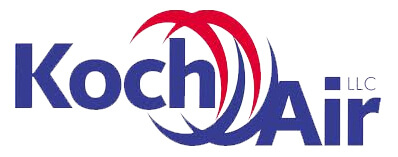Steam boiler purchasers often choose boilers based on price. It is important, however, to look at the lowest lifecycle cost. Life cycle economics takes into consideration factors such as upfront cost, operating schedules, projected boiler life, overall efficiency, warranty, annual operating costs for parts and more.
When evaluating life-cycle costs in a boiler design, engineers look at some of the following attributes:
Large Furnaces
Large furnace volumes and heating surfaces provide complete combustion while not causing the flames to impinge on furnace walls and without overheating the furnace steel. This prevents the high internal stress that can occur due to thermal expansion. Large furnaces keep heat flux rates at reasonable levels improving safety, reliability, operability, emissions, and efficiency.
Internal Water Circulation Patterns
The water inside of a boiler becomes more buoyant and rises up through the boiler as it is heated, allowing for the cooling of heating surfaces and improving the life and efficiency of the boiler. Some boiler designs will include flow area for the water to flow back to the lower, cooler areas of the boiler. This internal water circulation reduces stress on the boiler, extending its life and increasing your process efficiency.
Gas Flow Paths
A well-designed boiler should also include sufficient gas flow paths to maintain even flow and proper velocity across boiler heating services. If the flue gases are unevenly distributed across heating surfaces, uneven heat transfer may cause hot and cool spots may develop within the boiler. Good gas side design takes into consideration that as the flue gasses cool they decrease in volume, and heating surfaces are arranged to take advantage of this volumetric change.
To learn more about how to choose the best boiler for your application, download our FREE eBook, Choosing the Right Steam Boiler. If you are ready to discuss your project, contact us today!
Questions? Your Lathrop Trotter sales engineer can help! Contact Us




